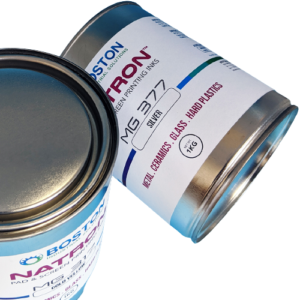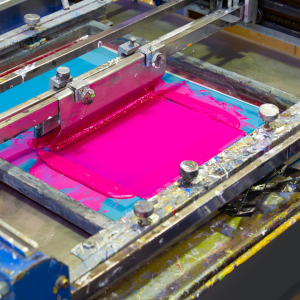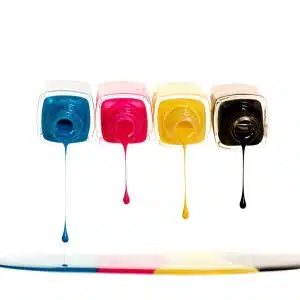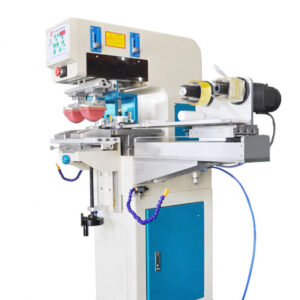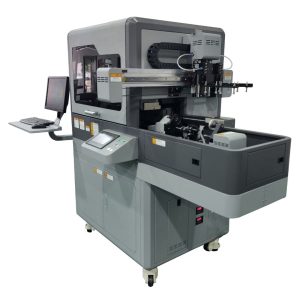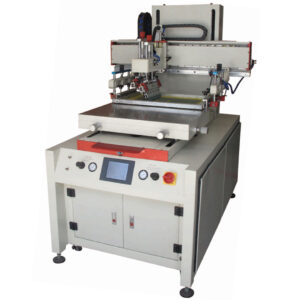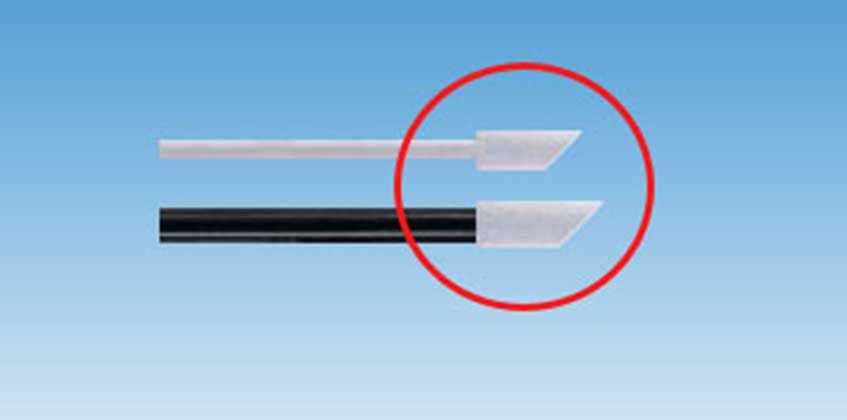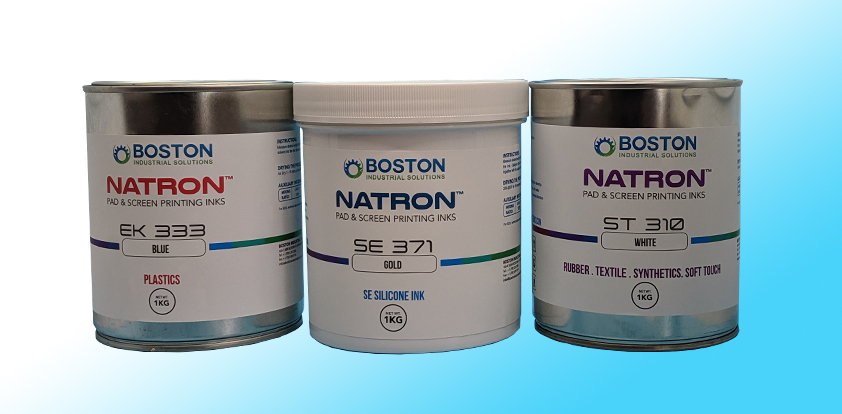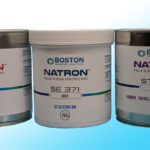The Components of Pad Printing Ink
What are they typical contents of an ink? In general, pad printing inks contain pigments, binders, resins and solvents. Distributors of pad printing ink have limited understanding of chemical composition of inks. Some will claim that the inks they supply does not contain solvents. That is not true. If an ink is solvent based, it must have a solvent component. The ratio of the solvent to pigments or solid count however, maybe low. This claim gives an impression that they are selling you more ink-this is myth.
In truth, different inks require different ratio of solids. The goal in making an ink is to have a perfect balance of the inks ingredients.
Perfectly made inks, require less work. We make our inks with the printers in mind. Making sure that the inks are fine tuned so that the printers do not waste time in adding solvents. Each ink have an exact recommended solvent ratio, eliminating guess work. This in turn improves productivity.
Unpacking the ink components:
Pigments: All inks have dyeing materials found in a vehicle, which can be liquids, paste, or solids. The dying materials give the ink a color. To select the right pigment, you need to understand the inks use. In case of pad printing inks or silicone inks, the vehicle for dying the ink is either solids or pastes. Liquids are generally used in inkjet applications.
Pigments-this gives the ink its color and opacity
Solvent: There are various types of solvents. Additionally, an ink can have more than one type of solvent. The work of solvent is to a act the medium for the the resin and pigment mixture.
Resins: Think resin as a glue to hold pigments and other ingredients in place. The resins provide the strength to the print and they from the finished ink. Lastly, resins are either man-made or from natural sources. We will cover this later in detail.
Other additives: Wetting agents, plasticizer, wax, drying agents, antioxidants, pH buffers are other additives that could be in an ink. These play many roles including improving ink flexibility, flow and pigment stability.
What to consider when choosing the correct ink for your substrate:
Determine the substrate:
To select the right ink, you need to understand what the chemical composition of the substrate. Different inks adhere to different substrates. To print on silicone rubber, you can only use a silicone ink. Therefore, it is important to know the substrate otherwise you could use the wrong ink. Using a plastic ink for silicone substrate would result in a failed print.
Abrasion or chemical resistance requirements:
It is important to understand the final use of the product. This will determine what type of ink and the curing method use to print the product. If chemicals will come into contact with the printed product, then the ink selected should withstand abrasion. If a product, will need to withstand dishwasher, then the ink must be able to hold.
Look finish:
Most inks will have a satin to gloss finish. However, it is important to know how you’d like the prints to look on your product.
Curing time:
Additionally, drying and curing time are very important. These factors affect production time and order fulfillment. Drying affects storage of printed products and shipment time. Keep in mind, that the longer a product takes to cure the longer it will take to fulfill an order.
Specialized Applications- Silicone and rubber products
Printing on specialized products is tricky especially rubber based products. There are many rubber products that mimic silicone, yet they are not silicone. Testing if a product is made of silicone is very important. Silicone products should be printed with silicone inks.
Compliance
A determination of types of compliance certification is also very important. Textiles require RSL certification. On the other hand, medical applications need Class VI certified inks.
Filter through Boston’ comprehensive line of pad printing inks and silicone inks


